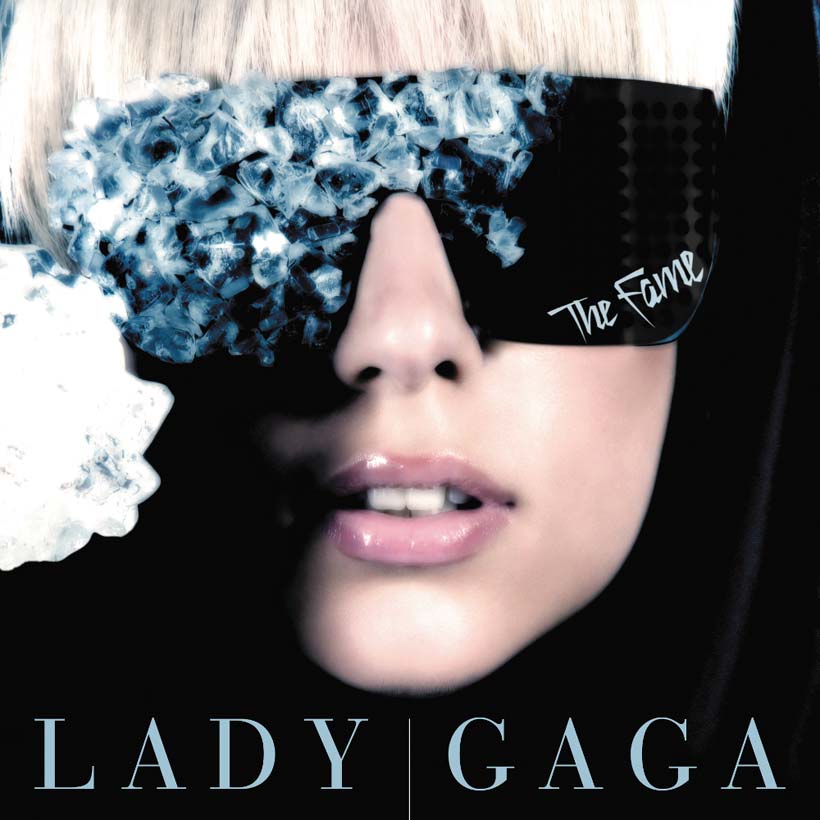When Lady Gaga unleashed her debut album, The Fame, on August 19, 2008, she had a startling motivation: “I very much want to inject gay culture into the mainstream.”
Gaga told Out magazine at the time: “It’s not an underground tool for me. It’s my whole life. I always joke the real motivation is to just turn the world gay.” For a fledgling artist with conservative America to win over, it was a bold mission-statement, but the soon-to-be LGBTQ icon packed plenty of ballast for the fight. She knew what it was like to feel disenfranchised.
A battle cry for broader acceptance
The battle-cry for broader acceptance hits its stride with the first single and opening track “Just Dance.” Recorded with Akon and RedOne, both then at the peak of their commercial credibility, the song features vocals from Colby O’Donis and was an immediate club-scene smash. But its stuttery synths and insistent disco-drenched melody were too catchy to remain solely a dance hit, and the song’s slow progress up the Billboard Hot 100, starting in August 2008, saw it reach pole position in January the following year; its steady climb to the top incredibly not quite a record-breaker at 27 weeks.
Lady Gaga – Just Dance (Official Music Video) ft. Colby O’Donis
Click to load video
In fact, all of the album’s first five tracks were selected as singles in one market or another. “Poker Face” was the second to be picked, and proved Gaga was no flash in the pan. Its melodic synth-pop groove still worked on the dancefloor but, more importantly, sounded stunning on radio. Darker than the first single and more obviously pop-oriented, it became The Fame’s biggest hit, especially in the UK and across continental Europe, where it became the biggest-selling song of the year. Gaga was hitting her visual stride with this release too – an OTT video showcasing the track’s edgy sexual tension that was suggestive without ever seeming seedy.
For “Paparazzi,” the video budgets were getting even bigger and Hollywood star Alexander Skarsgård was hired to bring the theatrical narrative to life. Again, dialing down the disco overlay, this was another out-and-out pop song with a take-no-prisoners chorus that proved Gaga could write music that would work across the formats. “Lovegame” and “Eh Eh (Nothing Else I Can Say)” were lighter fare but maintained the album’s consistent hit steak, with the former making the Billboard Top 5 and the latter performing strongly in European markets, particularly France, where it made the Top 10.
Lady Gaga – Eh, Eh (Nothing Else I Can Say) (Official Music Video)
Click to load video
A classic songwriter
So, five songs in and you’ve got five killer singles – an impressive opening salvo for any artist, let alone one at the start of their career. But what do they tell us of Lady Gaga, aka Stefani (Joanne Angelina) Germanotta, who had struggled to get a break in an industry that’s notorious for its conservatism around women? First, it sets her out as a classic songwriter who understands the power of a striking hook. Many writers fail at this first hurdle and, as any pop act of standing will tell you, without those hooks you might as well pack up and head home.
Next, she had the ability to fuse solid melodies with in-your-face styling and imagery. At times, like Madonna in the years before her, this theatricality threatened to swamp her musical reputation, but, with both acts, the power of those songs (the substance behind the style, if you like) won through. Gaga’s look was provocative, but rarely overtly sexual in the way Madonna’s had been. Gaga fused high fashion with pop art: themes that would continue to thread through her later work.
Finally, Gaga had an assured confidence. She embraced the dancefloor, but wanted to use the platform to tell difficult stories and pose questions. The messages of positivity and self-belief were to become more strident in time, but this early awareness of her strength was already infectious. It was a message that teenagers, young women, and the LGBTQ community seized upon, and, as on so many occasions in the past, these groups were to power the singer-songwriter’s platform to the widest of audiences and mighty commercial peaks.
Lady Gaga – Poker Face (Official Music Video)
Click to load video
Across the subsequent 10 tracks, you’ll find a mix of cuts. “Boys Boys Boys” is kooky dancefloor exuberance; “Brown Eyes” a lush, introspective ballad that might have emerged from the Elton John-Bernie Taupin songbook; “Summerboy” a throaty 80s-influenced soft-rock shuffler sprinkled with yet more of that dancefloor dust. But nowhere does the focus on great melody weaken. Even on the closing track, “Disco Heaven,” there’s a hook that sounds like Benny and Björn could have flirted with it when they were composing ABBA’s seminal “Voulez-Vous.”
A masterclass in how to launch a pop star
The pent-up energy of Gaga’s enforced wait for the industry to catch up with her talent exploded in a burst of creativity that saw The Fame repackaged just a year later with a whole new album’s worth of songs as The Fame Monster. But The Fame is, in truth, a standalone project that deserves its own moment in the sun. Despite all the writing, Gaga used her snowballing celebrity to take the songs on road (her The Fame Ball Tour started in the US during Spring 2009 and ended up in Europe in the following months). Away from the four-minute video clip – a medium she had proved in command of from the start – the live arena allowed Gaga’s performances to deepen.
While comparisons with Madonna were inevitable, this was a very different era. The Fame remains a masterclass in how to launch a 21st-century pop career. Gaga too wasn’t afraid to collaborate (RedOne – who did much of the record’s production – was one of the hottest guns for hire at the time) and the then ubiquitous Flo Rida even turns up on album track “Starstruck.” But Gaga’s unique songwriting and fierce creative vision make sure these big names remain resolutely on the sidelines.
She’d waited a long time for this moment and wasn’t about to share it with anyone.



